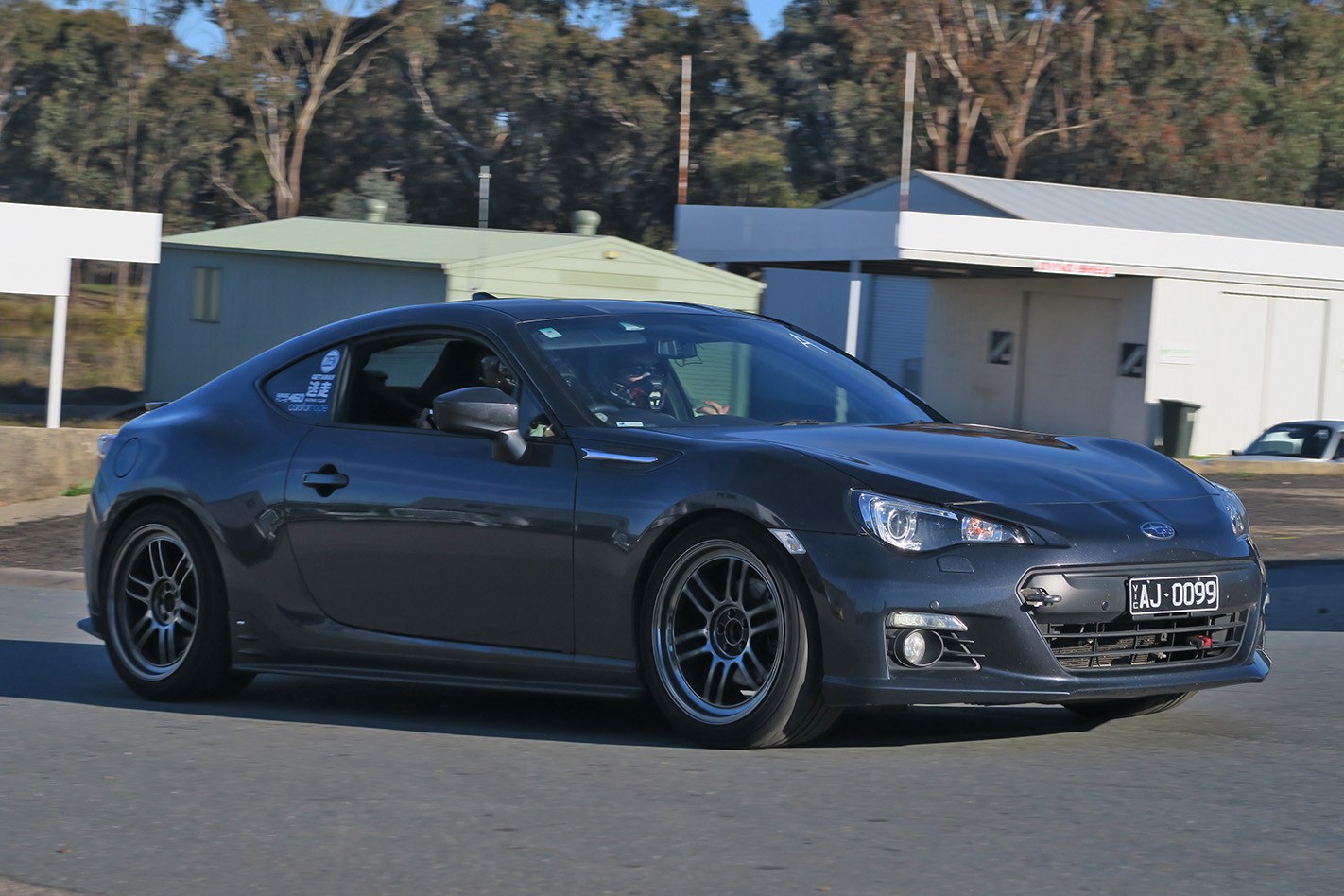
You’ve got a bit of money to spend and you consider yourself a car enthusiast. You’ve bought a new car with some performance cred such as a Toyota 86, Volkswagen Golf GTI or Mazda MX-5, but what now?
Speed limits are rigidly enforced these days, and going all-out on a public road carries many risks – not just to your shiny new car, but to yourself and other road users as well. The safest way to enjoy a performance car is at a race track, but many may find driving on a circuit to be a daunting experience.
It need not be, however. Follow a few simple rules and your first track outing should be an enjoyable – and safe – one. Here’s the WhichCar guidebook to surviving your first track day
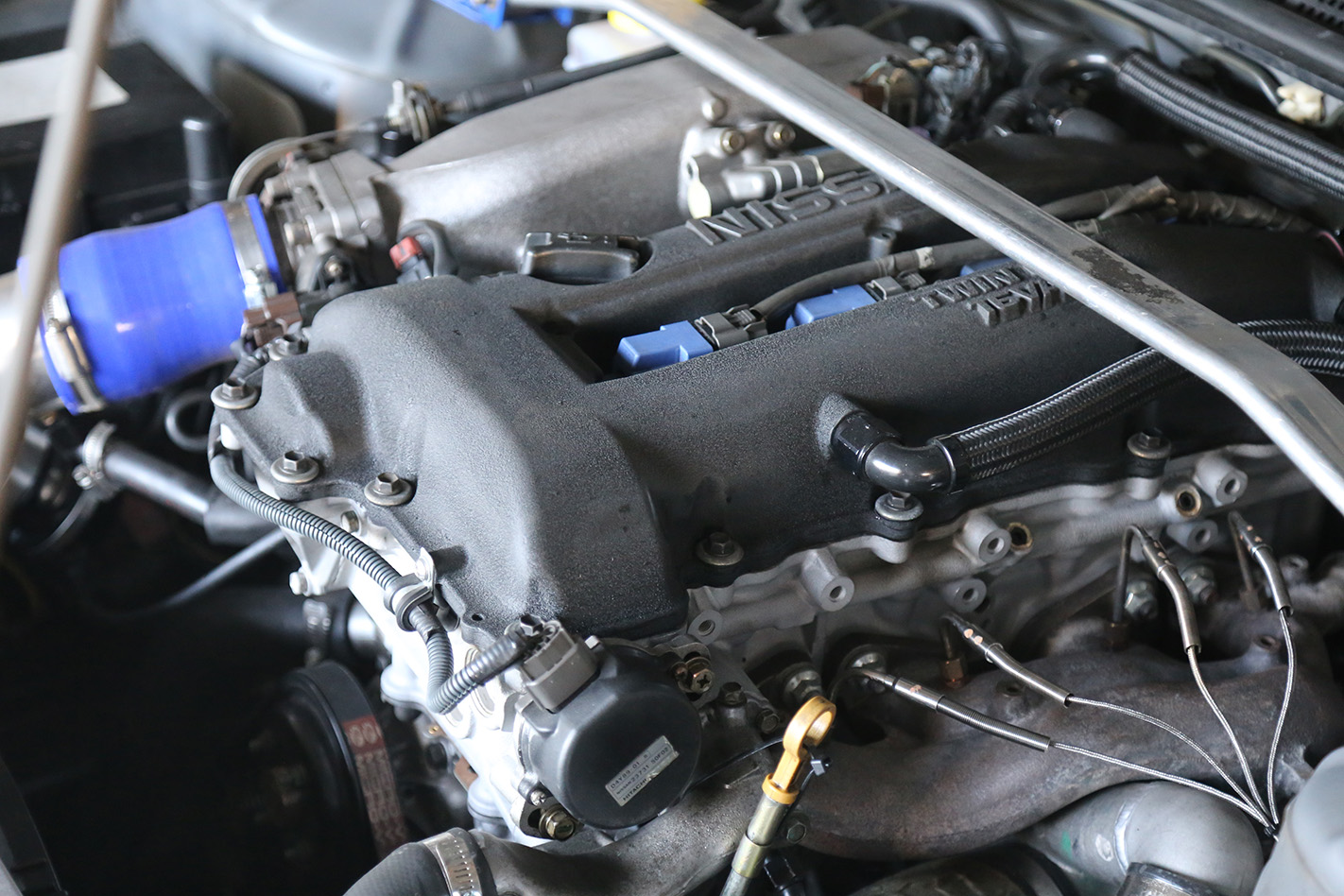
MAINTENANCE
- This is the most important aspect of track day preparation. Not modifications, not sticky tyres, not fancy harnesses or power-adders – all of those are meaningless if your car won’t last the day due to poor maintenance.
- Make sure your car is in good roadworthy condition before you hit the track. It shouldn’t leak coolant, oil, power steering fluid or brake fluid, and all hoses should be in good condition and pliable – old rubber has a nasty habit of rupturing once a bit of heat and pressure is put into it.
- Religiously adhering to the manufacturer’s servicing schedule is good practice, and if your car isn’t extensively modified it should virtually guarantee that you won’t encounter any mechanical headaches out on the track. Ensure timing belts have been changed if required, and that the oil in your engine is not only fresh, but of the grade and type specified by the manufacturer.
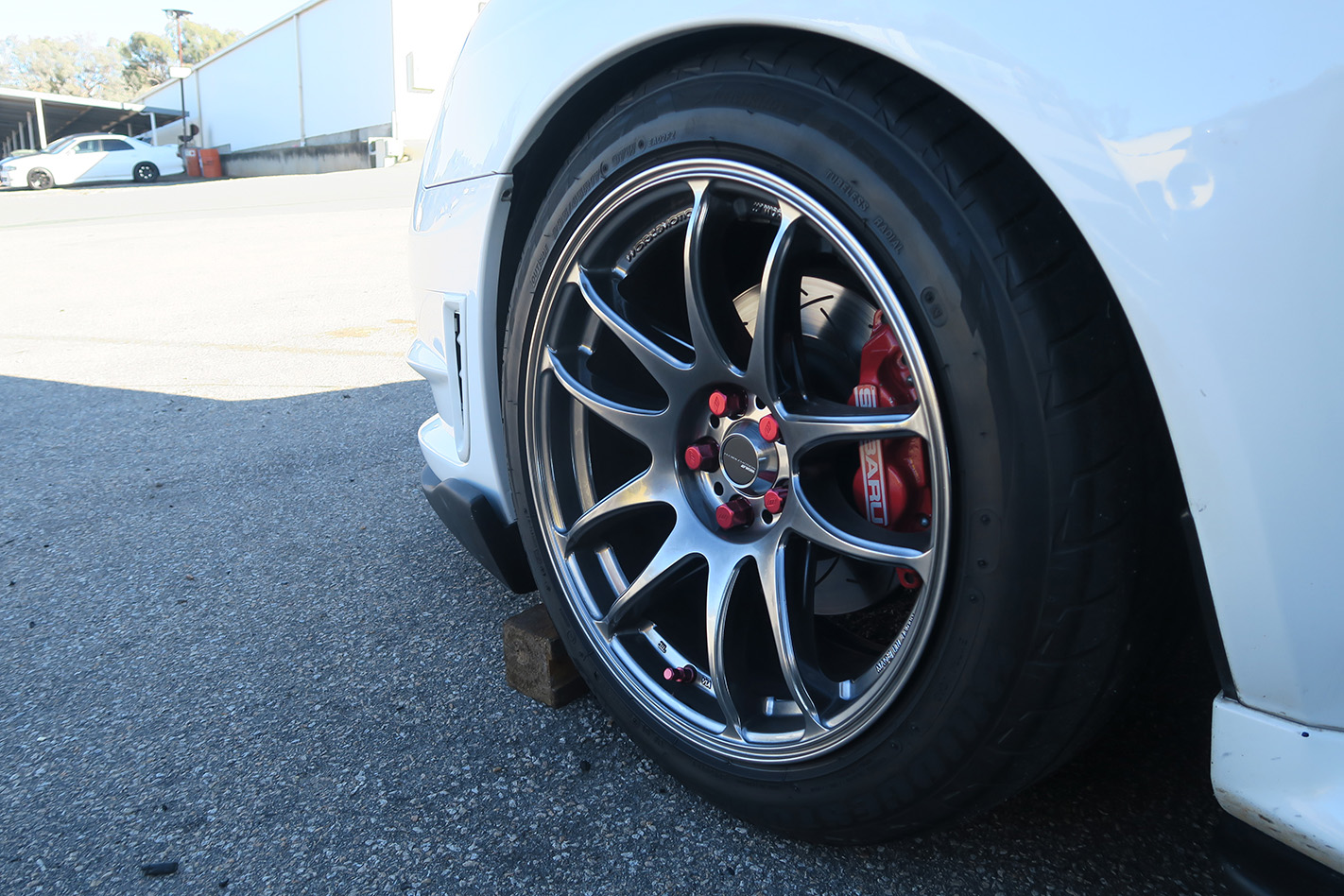
BRAKES AND TYRES
- Driving your car aggressively on a race track will tax your brakes and tyres more than anything else – it’s important that these components are in peak condition not only to ensure you’re able to drive as fast as you want, but so that you don’t lose grip or braking power when you need it most.
- Don’t cheap out on your tyres. Go for the tyre with the best reputation that you can afford. Yes, driving on a track will chew them up much faster than just driving on the street, but the trade-off is exceptional grip and safety at speed. Do some research about the best performance tyre for your car’s wheel sizes and go from there.
- The same applies to brakes. Brake pads designed for street cars often crumble when subjected to the heat of fast driving, so it’d be wise to upgrade to higher-performance pads that will be more durable and last a full day of hard laps.
- If it hasn’t been done in the past couple of years, it’s also a good idea to flush and replace your brake fluid. Brake fluid tends to absorb water from the air, which can boil when your brakes get hot and turn to vapour in your car’s brake lines. Vapour is compressible, and leads to a spongy, ineffective brake pedal or complete failure in the worst cases. This is the last thing you want as you’re barrelling toward a tight corner. As with your brake pads, opting for high-performance brake fluid with a higher boiling point is a smart strategy. Remember – your brakes can easily reach hundreds of degrees with hard use!
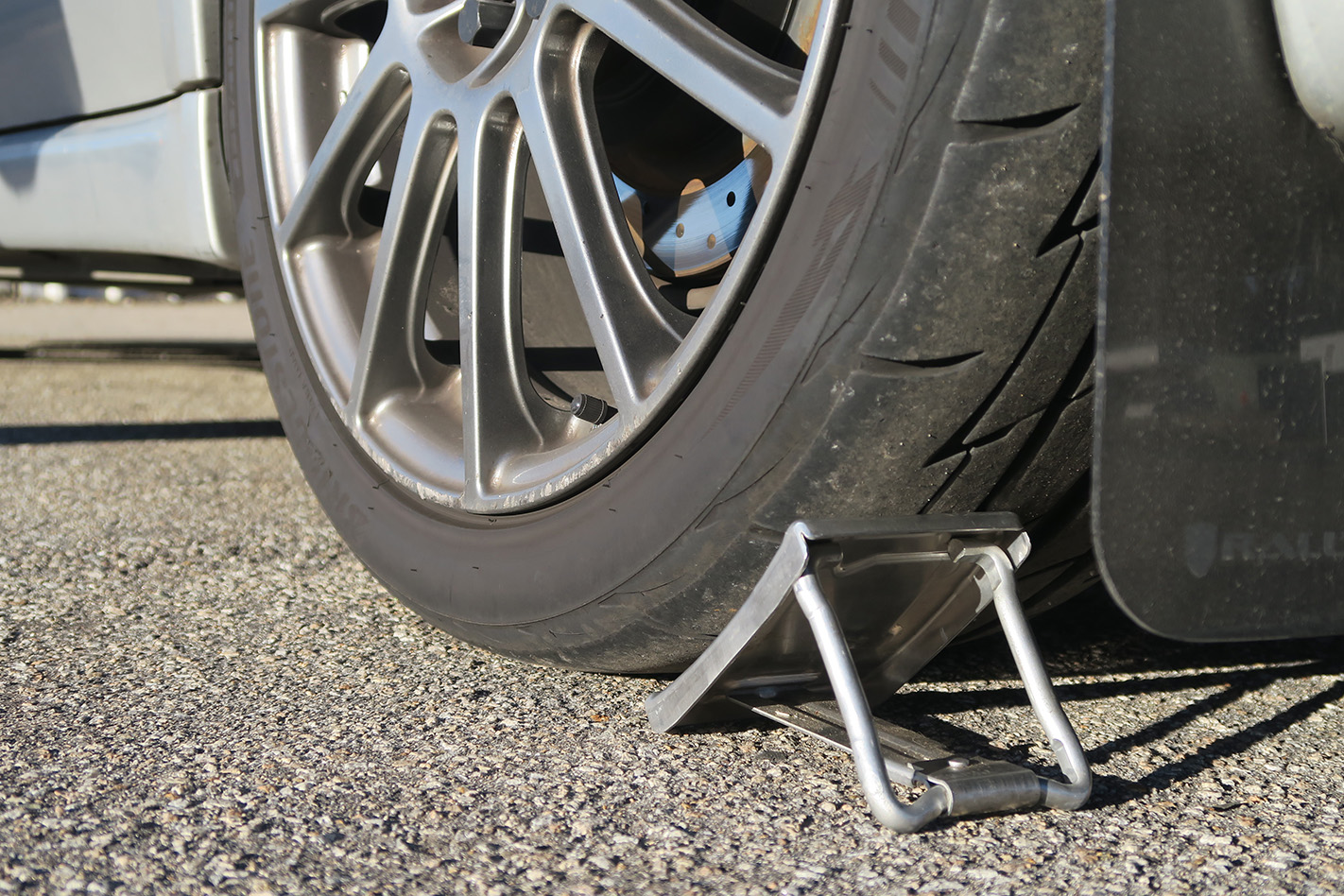
- Remember to chock your wheels and leave the handbrake off when you’re parked in the pits. Leaving the handbrake on can see your car’s brake pads fuse to the hot rotor, which can be hard to fix and results not only in wrecked pads, but ruined rotors as well. An expensive mistake.
- Bring an accurate tyre pressure gauge with you. Tyres heat up considerably at race track speed which raises the air pressure inside them and deforms the tyre’s contact patch. Bleed some air out of the valves to reduce your hot tyre pressures to a level that doesn’t compromise grip, but do it in stages with a pressure gauge so that you can keep them consistent. Don’t forget to put air back in after you exit the track!
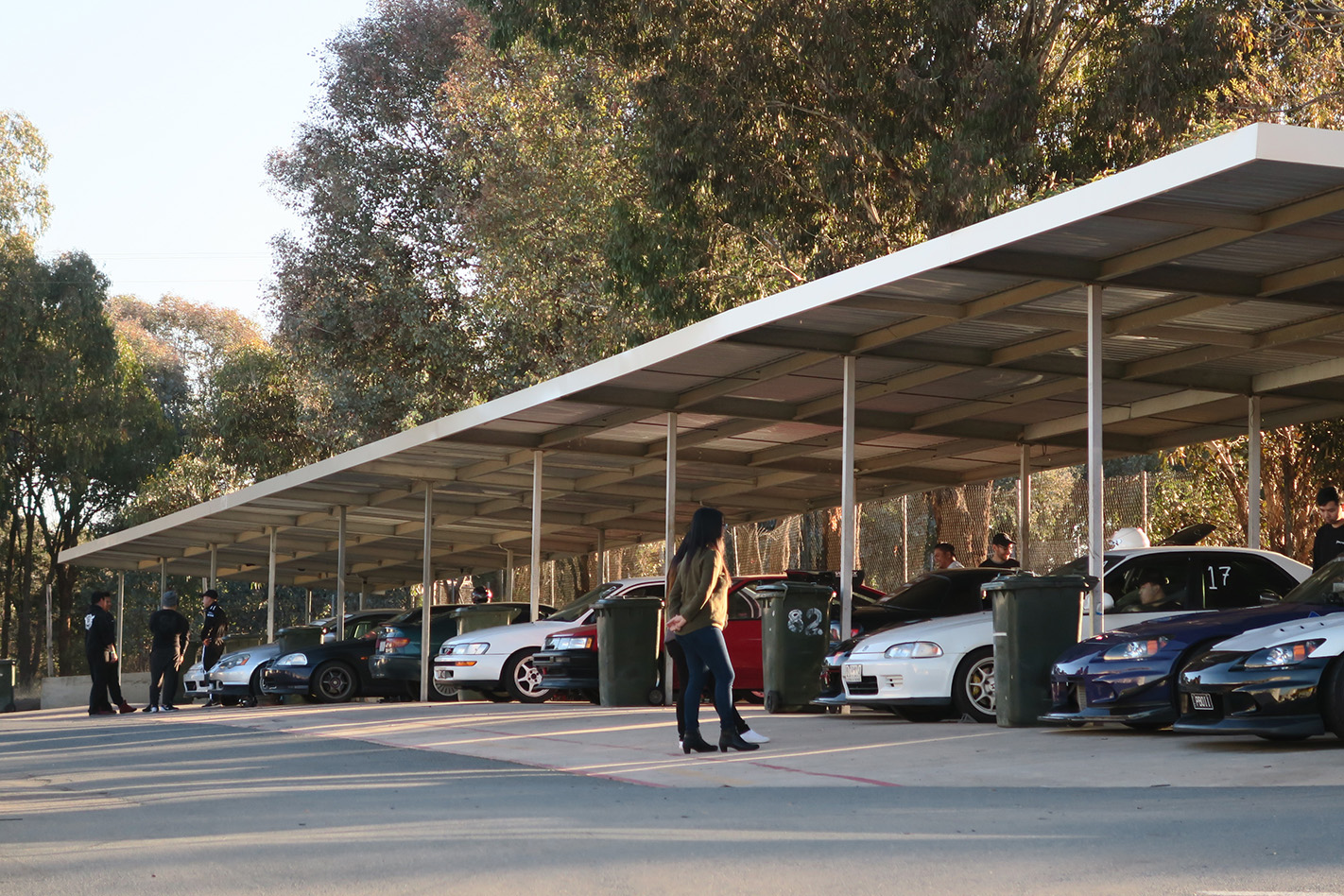
FRAME OF MIND
- This is vital if you want to be able to drive your own car home from your first track day. It can be tempting to get excited and go all-out on a circuit, but remember that you’re new to the experience. Keep your speeds down initially, and slowly ratchet them up as you gain familiarity with the circuit, your car and your own ability. That will minimise the chances of you spearing off the track into a gravel trap or tyre wall.
- Many track events will have set rules regarding overtaking other drivers. Keep an eye on your mirrors – especially if you’re driving slower than everyone else – and use the proper signals to tell others when they can overtake.
- Be cautious and polite on the track. Don’t take it personally if a faster car is sniffing up the backside of yours – if they’re clearly faster than you, just let them pass. It’s not a race after all, and you’re not risking anything by being polite.
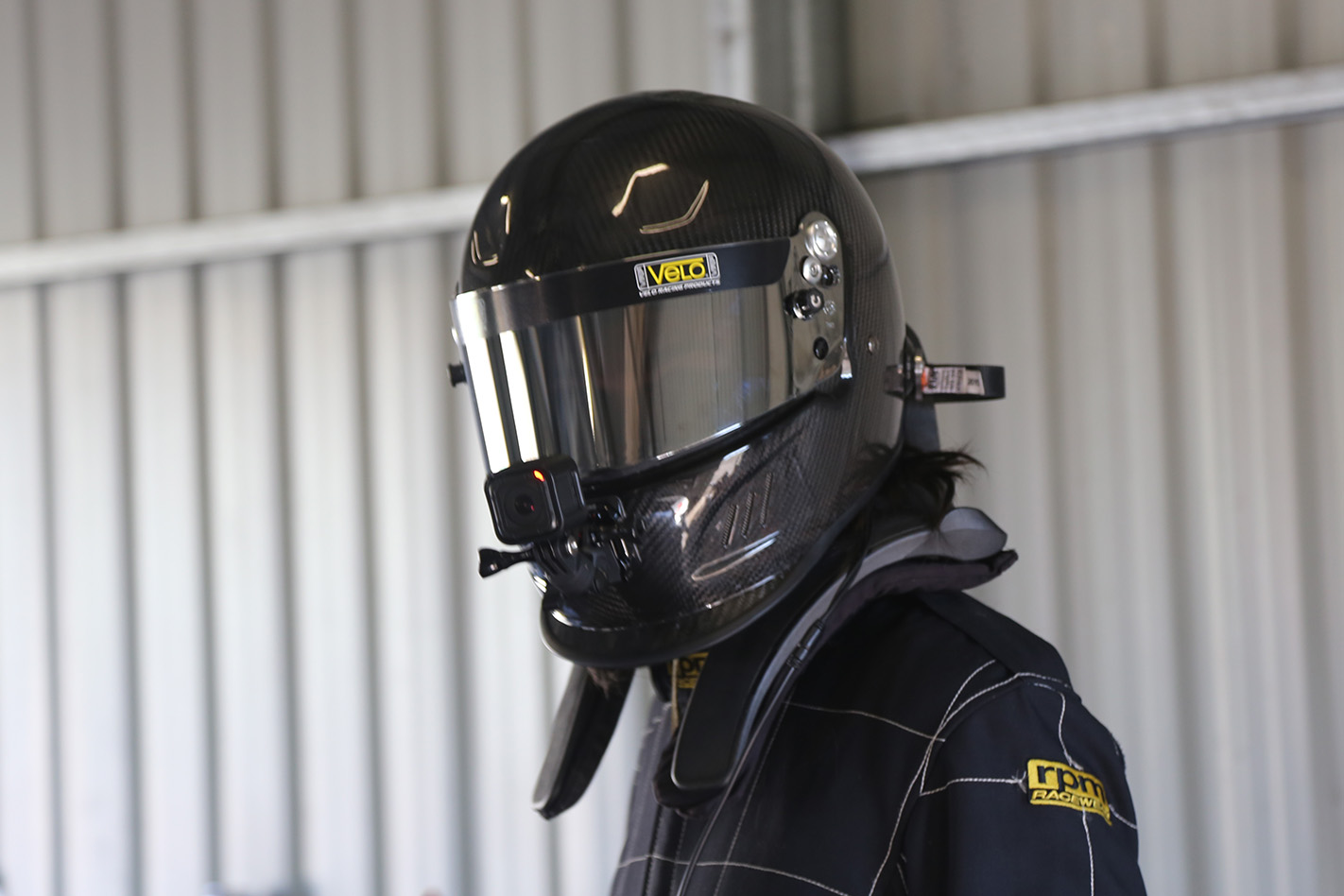
CLOTHING
- Make sure your helmet is of an approved type. Generally speaking, a motorcycle helmet should be fine, but check the rules that apply to your event as they may stipulate something specific, like full-face helmets or helmets designed specifically for car racing.
- Rocking up in a full race suit isn’t exactly necessary, but it’s worth remembering that some fabrics are more flammable than others. Wear long-sleeved clothing and closed shoes (driving shoes may be more comfortable), and avoid synthetic fabrics – if your car catches fire, materials like nylon will melt onto your skin rather than simply charring like cotton, wool or denim would.
- Driving/racing gloves can be a good idea, even if only to absorb sweat. If your car has a grippy Alcantara or suede-covered steering wheel, proper suede-faced driving gloves will give you an excellent grip on the wheel too.
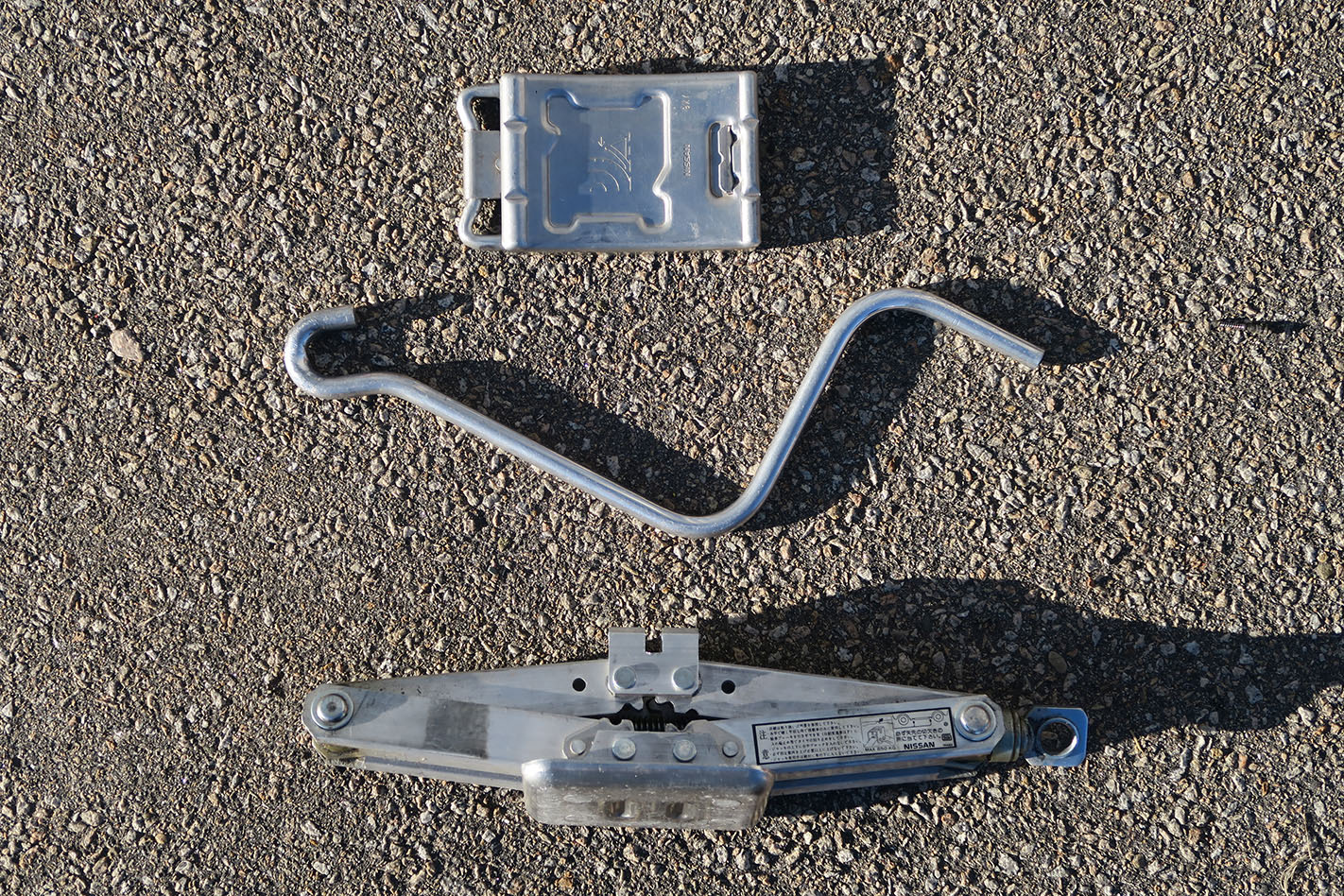
TOOLS
- Bring a set of basic tools with you, just in case something minor needs fixing while you’re away from home. A socket set, screwdrivers, pliers, scissor jack and wheel brace should be the bare minimum.
- Even if your car is in excellent health, bring along some extra engine oil and a funnel. Even brand new engines can consume oil if asked to work hard, so check your oil levels after every couple of sessions and add more if required.
- A hand-held fire extinguisher is cheap insurance, and some events may mandate your car has one. Most auto parts stores will stock them, along with a bracket to keep them secure in your car.
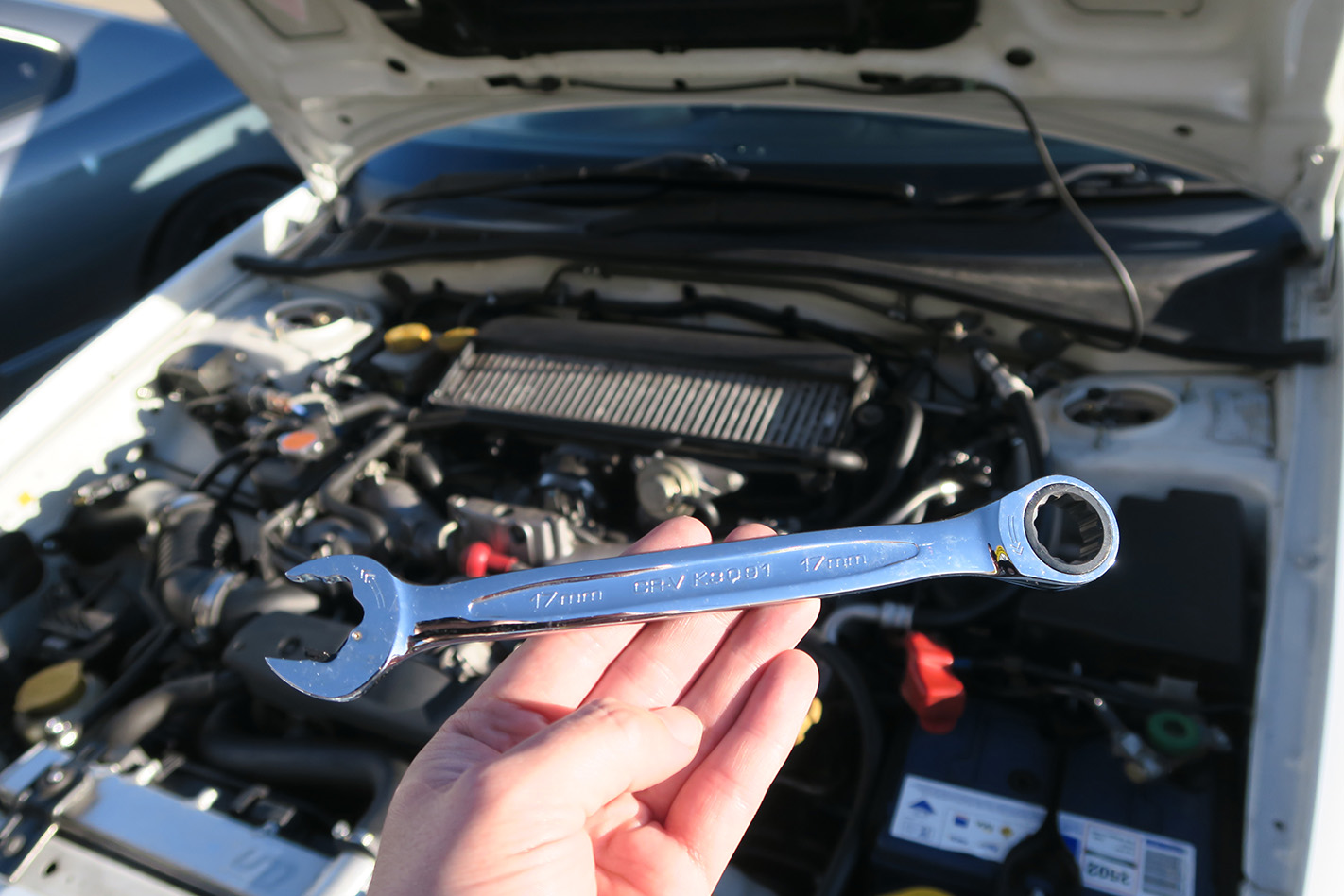
CLEAR THE CLUTTER
- All of that junk in your boot and back seat won’t do you any good on the track. If anything, it’s dead weight and will only slow you down. Take it out and leave it at your pit area – scrutineers will likely demand you empty your car of loose items anyway.
- The same applies to items like your car’s toolkit, spare tyre and removable cargo blinds. You won’t need them on a circuit, and if you’re unlucky enough to collide with something at high speed they could become airborne and cause injury.
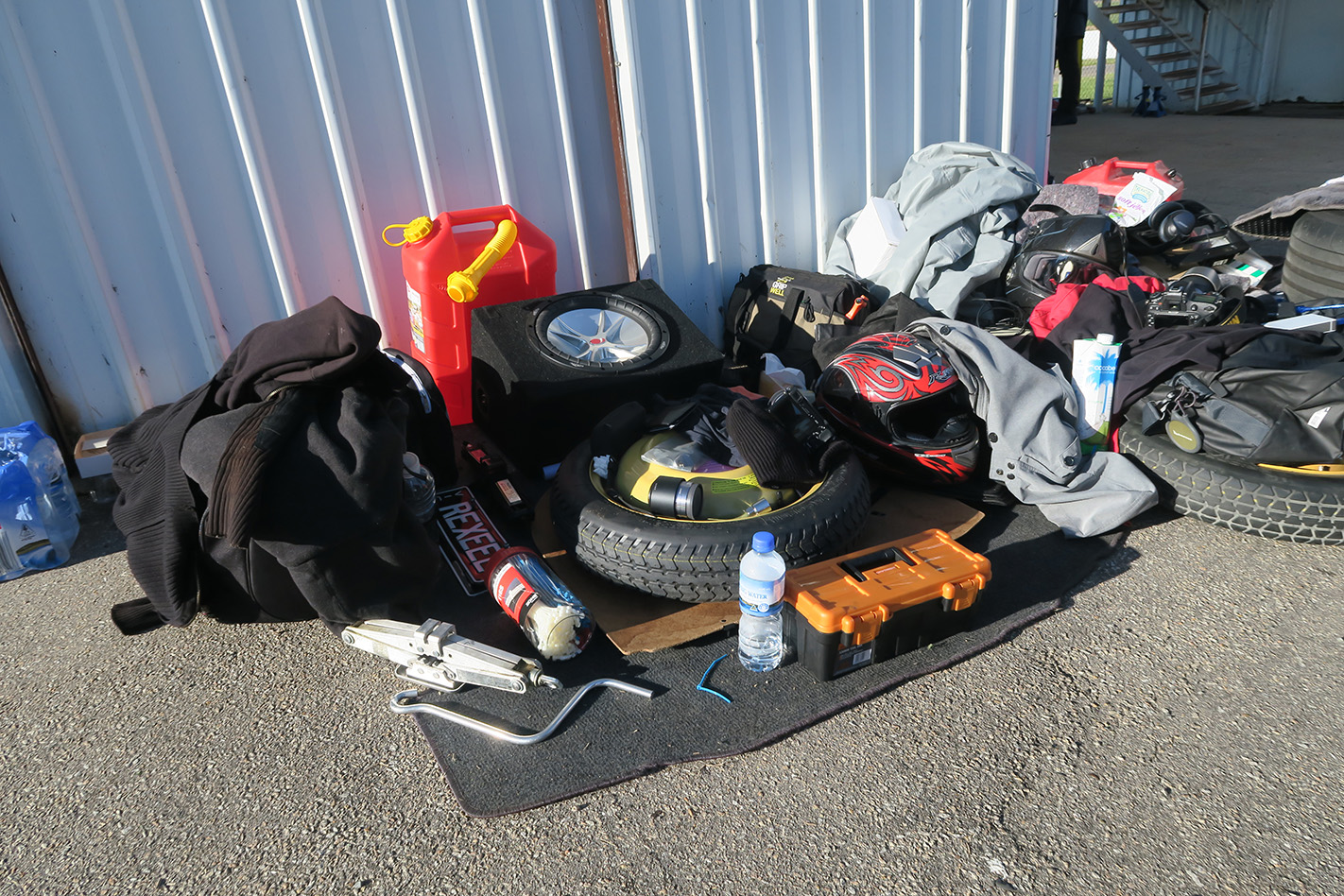
CHECK THE RULES
- Not every track event will require you to hold a special licence, but make sure you check ahead of time. You don’t want to be sent home before you’ve done a single lap, just because you forgot to arrange the necessary licence or permit beforehand.
- Make sure you understand all of the rules and regulations that apply to the event – what your obligations are when certain flags are waved by the marshals, how passing is to be conducted and so on.
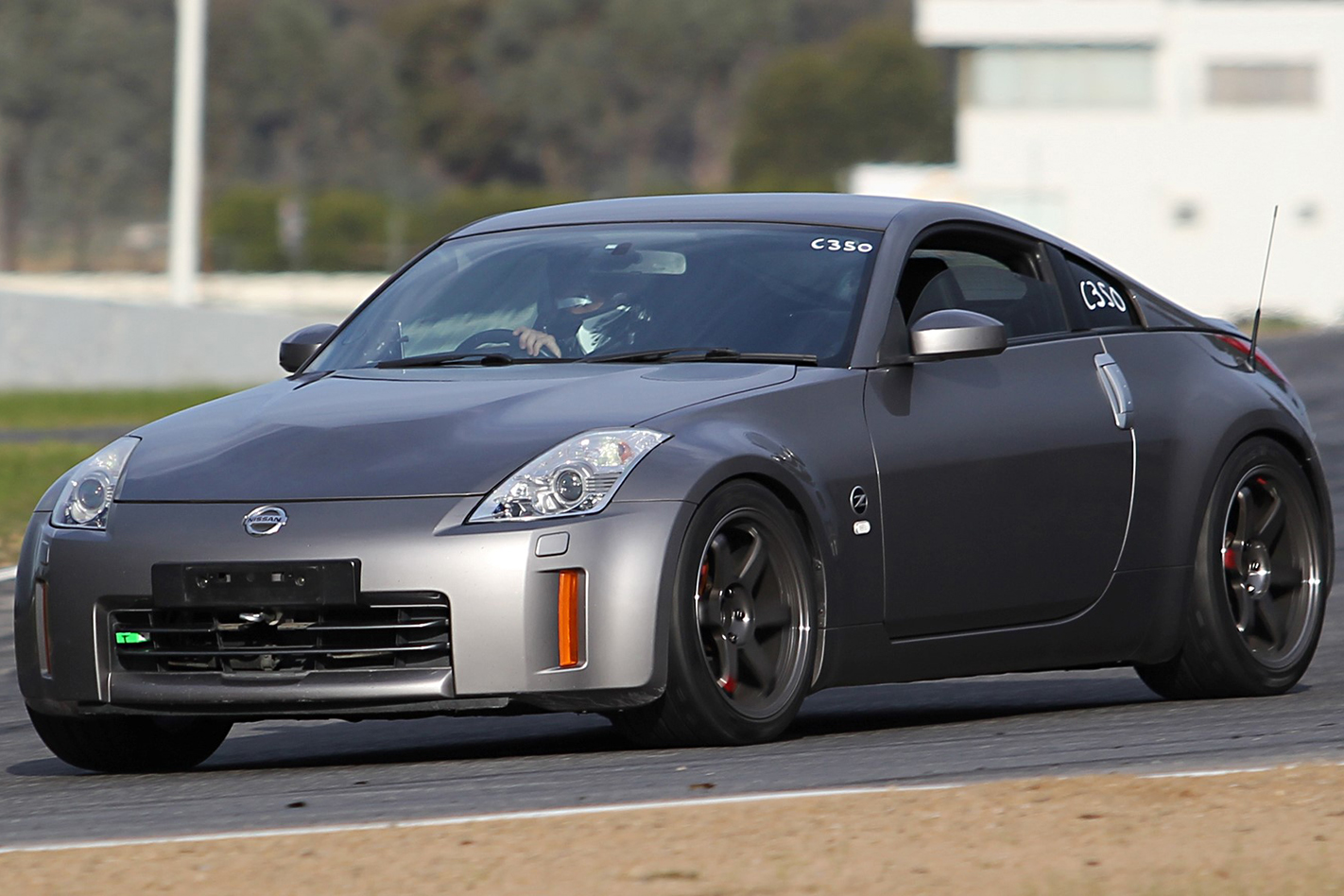
INSURANCE
- Believe it or not, you can actually insure your car for a track day. If it’s not a competition event you may be able to get insurance cover for your vehicle, but the total payout isn’t likely to be big, the premium and excess will be high and even specialist insurers may only offer track insurance if the car satisfies special criteria – like if it’s a rare or vintage car.
- Even if you do manage to secure insurance coverage, the policy likely won’t cover third-party damage, leaving you exposed if you run into another car.
- Generally, it’s understood that if you drive at speed on a circuit, there’s a risk you’ll damage or destroy your car and you won’t be able to claim it under your insurance policy. Only participate if you’re comfortable with that risk.
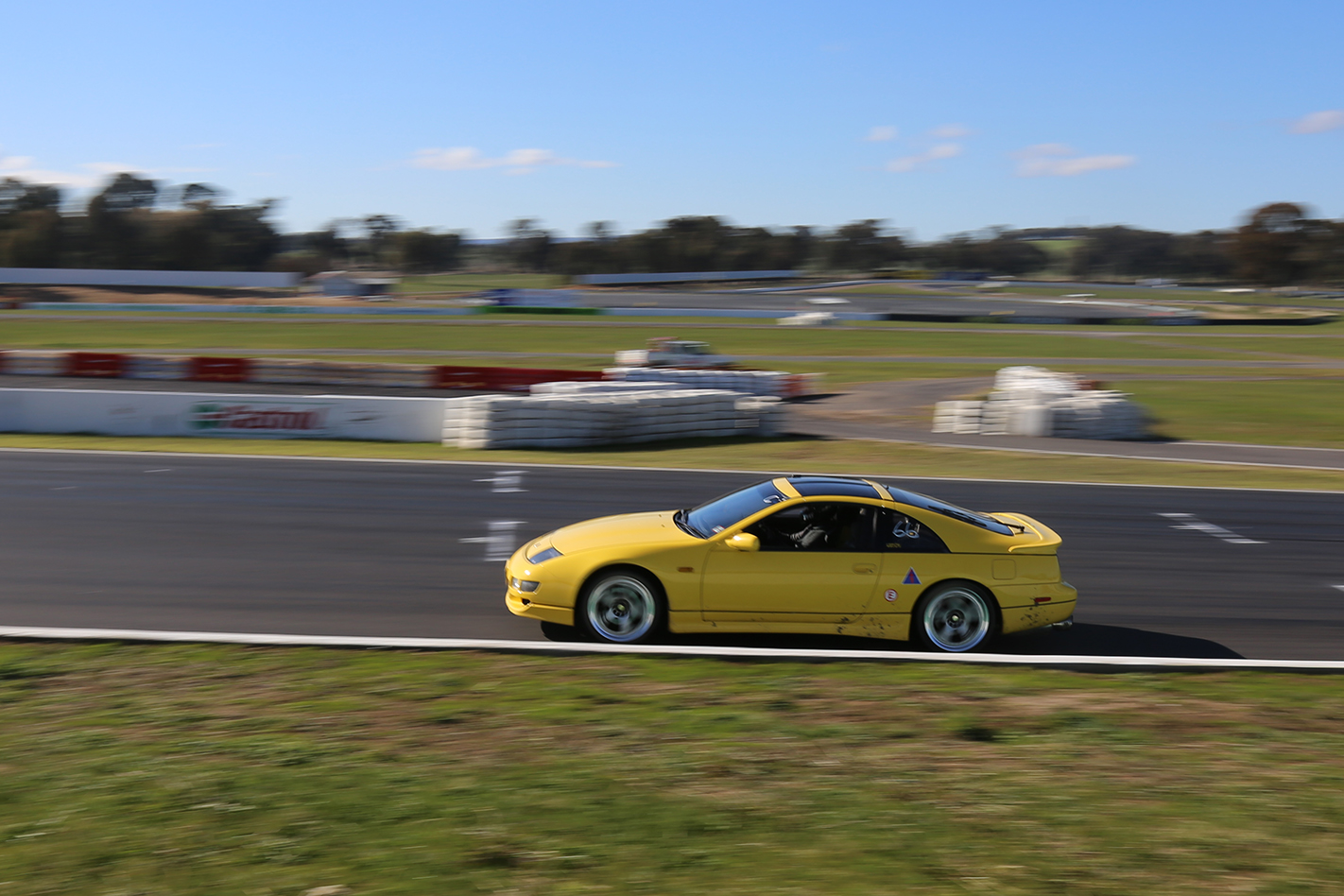
WARRANTY
- As a general rule, driving your car at a track day shouldn’t necessarily compromise your new car warranty. If the car isn’t modified and is driven within its mechanical limits (not revved beyond its redline, for example), your warranty shouldn’t be voided by participating in a track day.
- That said, it pays to check with the manufacturer of your car – some don’t mind their customers hitting the circuit, but other car makers have specific clauses that list racing and other competition usage as warranty-killers. Modifying your car for track use can also increase the likelihood of mechanical failure – even in seemingly unrelated components – so tread carefully if you want your warranty to remain intact.
